This article was medically reviewed by Lacy Windham, MD. Lacy Windham, MD, is a Board-Certified Obstetrician & Gynecologist in Cleveland, Tennessee. Dr. Windham attended medical school at the University of Tennessee Health Science Center in Memphis. Her residency was completed at Eastern Virginia Medical School in Norfolk, Virginia. She was the recipient of multiple awards during her residency training, including Most Outstanding Resident in Maternal Fetal Medicine, Most Outstanding Resident in Oncology, Most Outstanding Resident Overall, and Special Award in Minimally Invasive Surgery.
This article has been viewed 246,044 times.
Experts agree that you can get your intrauterine device (IUD) removed at any time.[1] The procedure is relatively simple, causes little to no pain, and has very few side effects. Studies have shown that for most women, fertility returns quickly after an IUD is removed, so you can start trying to get pregnant right away if that's what you want. If you're not trying to get pregnant, you'll need to begin using another form of birth control immediately.[2]
Steps
Preparing to Remove the IUD
-
1Consider why you need removal. There are multiple reasons why you might want or need to remove your IUD. You should get your IUD removed if you want to become pregnant, if you have started going through menopause, or you want to start using an alternative birth control method. You may also need to remove your IUD if the expiration date on the device is up, if it failed and you have become pregnant, you caught a sexually transmitted disease, or you need to have a procedure that requires its removal.
- On rare occasions, you may need to remove your IUD because of reactions to the device, such as abnormal bleeding, excessive pain, or heavy or exceedingly long menstruation.
- The expiration date on hormonal IUDs is 5 years. Copper IUDs can be left in for 10 years.[3]
-
2Make an appointment. Once you know the reason you need removal, you should contact your gynecologist's office to schedule an appointment. Let them know why you need the appointment because you may need a consultation visit first.
- You may also be able to go ahead and schedule your procedure as well.
Advertisement -
3Talk to your doctor. Either over the phone or during your consultation visit, you should discuss your IUD removal with your doctor. Let her know the reason that you need or want to remove your IUD. If for some reason your need for removal is unfounded, she will let you know and can discuss any reservations you have about keeping your IUD.
- It is best to be completely honest with your doctor so she can help you make the best choice for you.[4]
-
4Use other forms of birth control. If you are taking out your IUD in order to start another form of birth control, because of a procedure, or due to an STD, you should start another form of birth control a week prior to your IUD removal. If you have unprotected sex in the weeks leading up to your removal, you may be able to get pregnant after it is removed, even if you don't have unprotected sex after it is removed. This is because sperm can live up to 5 days inside of you.[5]
- You could also abstain from sex for the week or weeks leading up to your IUD removal if you don't have access to an alternative form of birth control.
Getting Your IUD Removed
-
1Get a pre-procedure examination. When you get to the doctor's office, she will check for the location of your IUD device. She will locate it by inserting her fingers into your vaginal canal and placing her other hand on your abdomen or by using a speculum. She will then feel around to see if the IUD is still at the top of your cervix.
- She may also use a hysteroscope, which is thin tube that has a light and camera lens on the end of it.
- This pre-examination also checks for excessive tenderness or physiological changes that might prevent your IUD from being removed.
- In rare cases, it may be necessary to have an ultrasound or x-ray if your doctor cannot easily find the strings of your IUD. These are used to make sure that the IUD has not shifted into your abdomen or your pelvis.[6]
-
2Have the IUD removed. To get your IUD out, your doctor will first insert a speculum, which is a tool used to widen your vagina in order to see your cervix better.[7] Now that the IUD can clearly be seen, your doctor will insert ring forceps to grasp the strings of your IUD. She will gently pull on the strings and the IUD will come out.[8]
- The arms of the IUD fold outward, so they will not hurt too much coming out.[9]
-
3Deal with a difficult removal. It is possible for your IUD to have shifted, for the strings to be in a difficult area, or for the IUD to become embedded in your cervix. If your doctor tries to remove your IUD and it won't move, she may use a cytobrush, which is a small brush that looks like an mascara applicator. The cytobrush is inserted, twisted, and then pulled out again, grabbing the retracted or stubborn strings of the IUD and pulling out the device.
- If this doesn't work either, she may use a IUD hook, which is a thin, metal instrument that is hooked on one end. This method may take several passes to work, depending on how your IUD has shifted. Your doctor will insert the hook and pull it out. If she didn't grab onto the IUD, she will then continue to insert the hook again until it has tried to grab the IUD on all sides.
- Outpatient surgery to remove the device is a last resort that may become necessary if the IUD cannot be removed by any other means.[10] Sometimes a small camera (hysteroscope) is used to find an IUD if the strings cannot be found. This is usually done in the office.
-
4Recognize normal side effects. The only common side effects of IUD removal are cramping and minimal bleeding after the device it taken out. These effects should only last a short while before they stop all together.
- In some rare instances, you may have more severe reactions, which may be due to an underlying health issue. Call your doctor immediately if you have severe cramps, pain or tenderness in your abdomen, a fever, chills, or unexplained vaginal bleeding or discharge.[11]
-
5Get another IUD implanted if desired. If you are just changing your IUD because it expired, you can get another one inserted immediately. Talk this over with your doctor before the procedure so she can plan for the insertion of the new device. You may experience some mild discomfort or slight bleeding.
- There will be no interruption of the contraceptive abilities of the IUD if you have immediate reinsertion.[12]
Warnings
- Do not ever try to remove your IUD by yourself. You can injure yourself and cause infection.⧼thumbs_response⧽
References
- ↑ https://www.plannedparenthood.org/learn/birth-control/iud/how-does-iud-removal-work
- ↑ https://pubmed.ncbi.nlm.nih.gov/4085244/
- ↑ http://health.cvs.com/GetContent.aspx?token=f75979d3-9c7c-4b16-af56-3e122a3f19e3&chunkiid=636760
- ↑ http://health.cvs.com/GetContent.aspx?token=f75979d3-9c7c-4b16-af56-3e122a3f19e3&chunkiid=636760
- ↑ http://health.cvs.com/GetContent.aspx?token=f75979d3-9c7c-4b16-af56-3e122a3f19e3&chunkiid=636760
- ↑ https://www.aafp.org/afp/2005/0101/p95.html
- ↑ http://emedicine.medscape.com/article/1997999-technique
- ↑ http://emedicine.medscape.com/article/1997999-technique
- ↑ https://www.aafp.org/afp/2005/0101/p95.html
About This Article
Although you may have some concerns, it’s relatively pain-free and simple to get an IUD taken out. Book an appointment at your gynecologist’s office and talk to your doctor about the procedure so that you feel prepared. Make sure that you begin a different type of birth control for at least 1 week before your IUD is scheduled to be removed. When you go to get your IUD taken out, have the pre-procedure examination first so that the doctor can determine the location of the IUD, which helps the procedure to run smoothly. Then relax as the IUD is removed and remember that any discomfort won’t last long. Expect mild side effects after having your IUD removed such as cramping and bleeding, which should quickly subside. For information from our gynecologist co-author about what to expect during a difficult removal, read on.

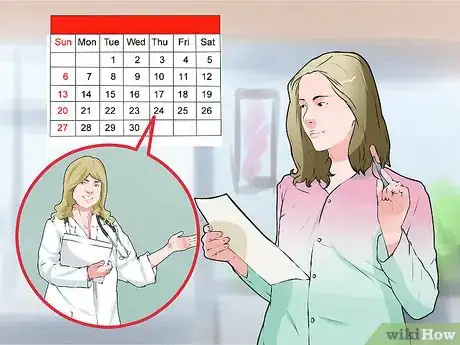
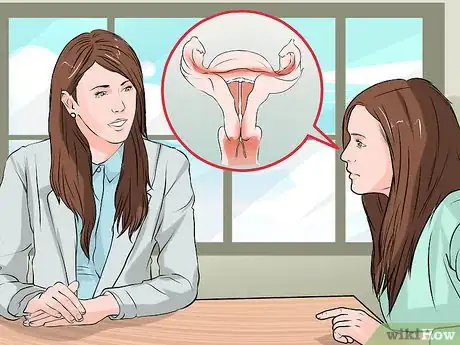
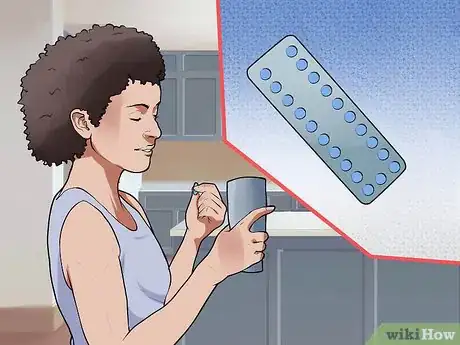
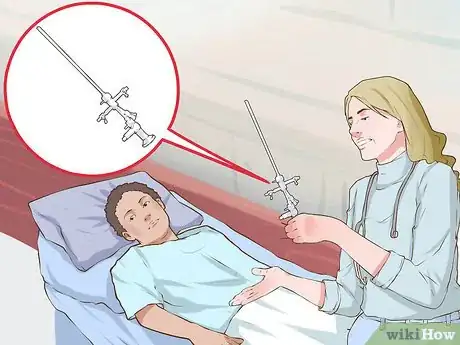
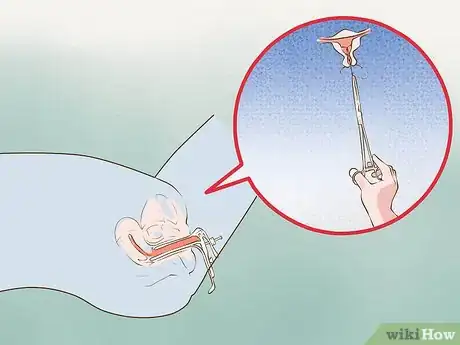

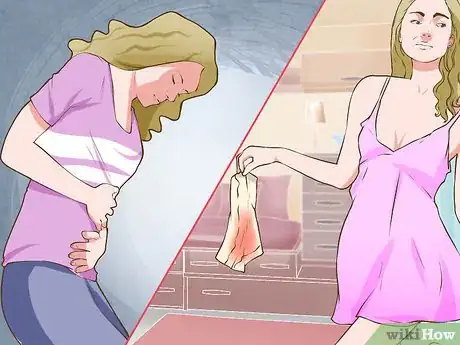
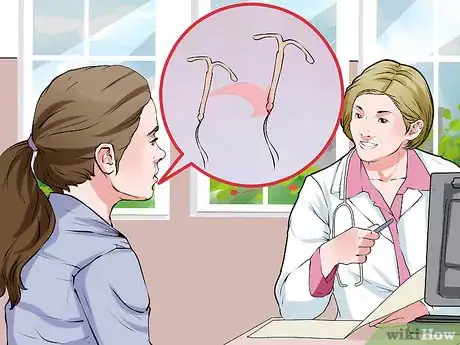



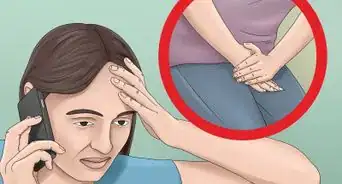
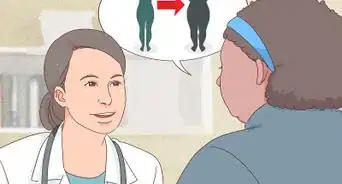



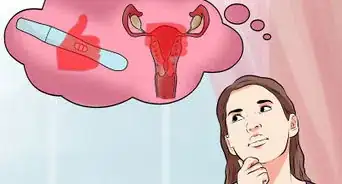




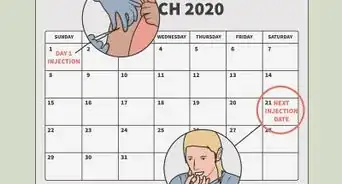












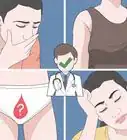






































Medical Disclaimer
The content of this article is not intended to be a substitute for professional medical advice, examination, diagnosis, or treatment. You should always contact your doctor or other qualified healthcare professional before starting, changing, or stopping any kind of health treatment.
Read More...